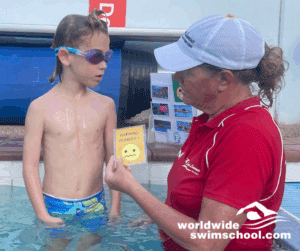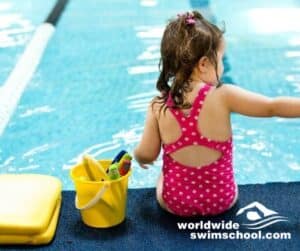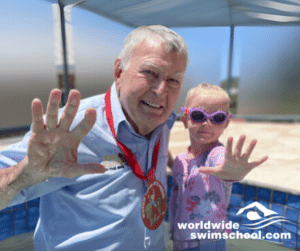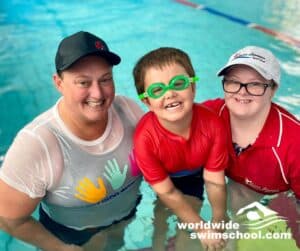Once swimmers have learned all four strokes and are competent and confident in their swimming abilities, it’s time for them to move into the squad program. For the purpose of this blog, it is assumed that swimmers are proficient in all four swimming strokes.
Squad swimmers should be training multiple times per week, with the goal of racing in regular carnivals for swimming. All squad swimmers should be working on enhancing strength, speed and fitness in their stroke and technique.
When looking towards running an effective squad program there are many skills that should be practiced and perfected. The following skills are important for Swim Centre Administration and Swimming Coaches to focus on to achieve a top-quality Squad program at their facility.
- Push-Offs
- Finishes
- Turns
- Dives
- Clock Work
- Equipment Use
- Commitment
- Racing
- Team Work
- Technique
Push-Offs for Squad Swimming
Streamline push-offs from the wall are an essential skill for all squad swimmers. Points of interest when practicing push-offs are:
- Ensure hands are locked tight and squeezed beside or behind the ears for efficient movement through the water.
- An explosive push from the wall is imperative. A strong push under water is expected in a streamline push off the wall. Too shallow or too deep in the push will affect streamline and movement through the water.
- A strong propulsive kick is needed for an immediate lift through the water. Flutter kick or butterfly wriggles off the wall or a strong breaststroke pull out will aid in an excellent push-off.
- Ensure swimmers are not breathing on their breakout or 1st stroke off the wall. Swimmers should work on achieving a strong forward momentum in the water before breathing in appropriate strokes.
Finishes for Squad Swimming
A swimmer can’t win the race without touching the wall! All swimmers must ensure that they are finishing right on the wall each and every time they complete any distance throughout the pool. Important points to remember when coaching and practicing finishes in squad swimming are:
- Touch the wall and move over for the next person. This enables all swimmers to practice the skill of finishing on the wall correctly. Do not allow swimmers to approach the wall and stand up without touching the wall – training should all swimmers to practice skills for racing.
- Finish on the wall in a full stroke – timing of all strokes should be practiced in training so that a full stroke can be achieved for maximum efficiency in finishes in training and racing.
- No breathing finishes will help swimmers attack the end of their race and finish hard on the wall. A popular spot for a no breathing finish is from the flags to the wall.
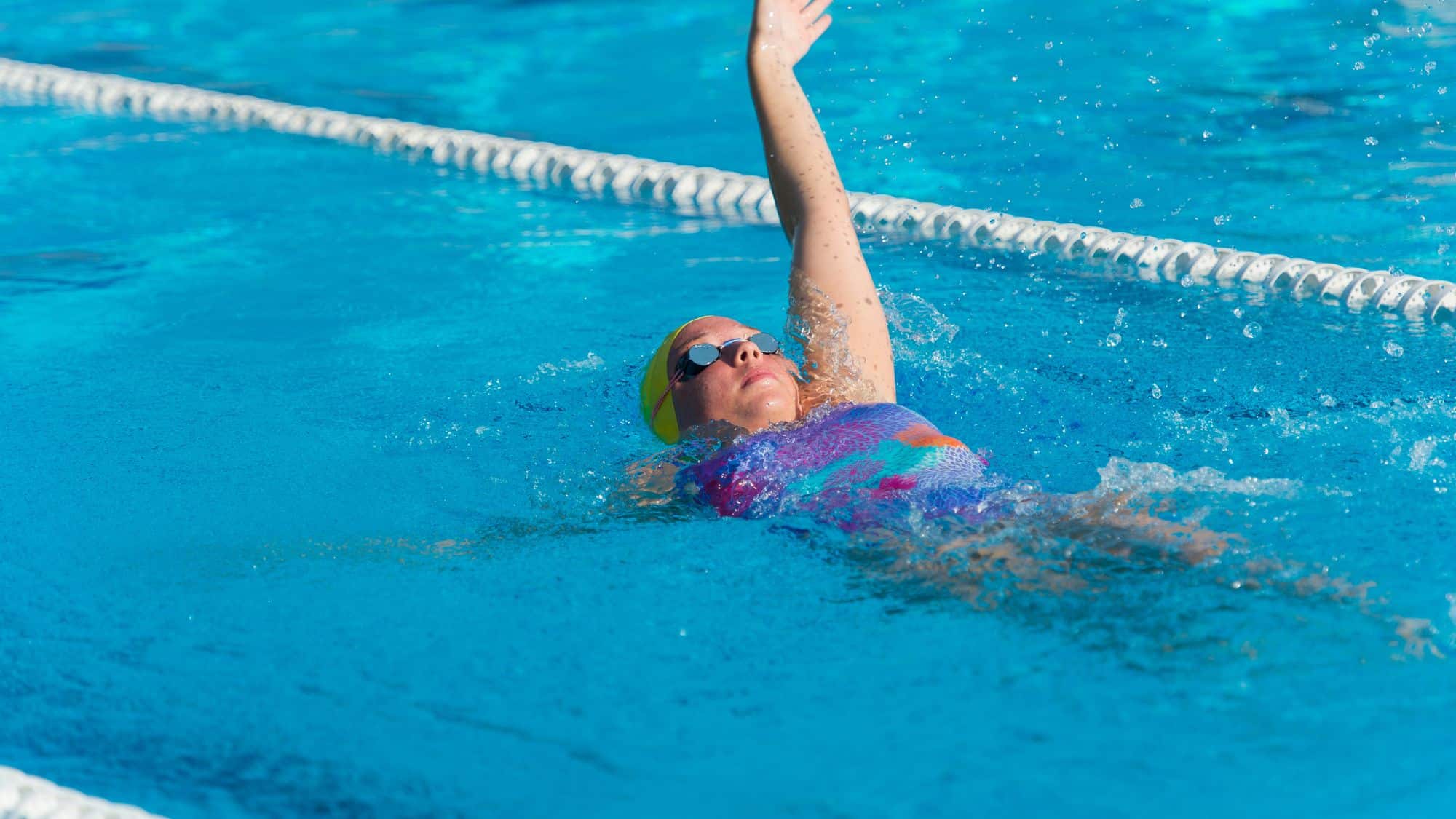
Turns
Turns should be incorporated into training sessions to achieve a faster turnaround at the wall in races. Effective turns will result in faster times in the longer distance events and racing. Important points for practicing turns in training are:
- Swimmers should take a full breath before entering into the turn for strong underwater work off the wall once the turn is completed.
- After completing the turn, a swimmer should use the skills discussed above for effective push-offs to achieve faster movement off the wall.
- Insist on correct touches before turning i.e. two hands for Butterfly and Breaststroke, touching with feet instead of hands in Freestyle etc.
Dives
The start of the race is the first thing a swimmer can do to work towards winning the event. Everything follows the dive so swimmers should prepare themselves and practice in this important skill for training and racing. Things to remember while focusing on Dives:
- Enter the water with streamline for slicker movement through the water.
- A grab start is good for beginner learners. As they improve they can work towards a track start off the blocks.
- Fast movement as soon as the starter gun goes is important.
- Ensure swimmers understand the entire process of diving – start behind the block, once the whistle goes stand up on the block at the back etc.
Clock work
Reading the clock during swimming training will help swimmers with counting laps, focusing on the task at hand and also spacing the swimmers evenly throughout the lane while completing a swim set. Everyone in the lane must understand how to read the clock, not only the leader! It may take some time for all swimmers to understand how to read the clock but with practice they will master this skill used in repetitive sets for swimming. Important factors when teaching and practicing utilising the clock during training:
- Ensure swimmers know and understand the features of the clock at the centre. Does is have different coloured ends? Are there 2 hands or 4? Does the top of the clock say 60 or 0? Does the clock have numbers or just smaller/larger lines to signify 5’s, 10’s etc?
- Start slow with easy cycles – leaving on the 0 or 30 is an easy start. So too is 0 and 45 (clock hands straight up, clock hands straight across is a good way to explain this to younger squad swimmers).
- Send swimmers following 10 seconds behind so swimmers don’t bunch up on top of one another during their set. Some swimmers may be able to go 5 seconds apart if they are mostly the same speed but this is harder to master when trying to manage different abilities in a squad session.
- Coaches can count along with swimmers by using their stopwatch if they know the exact amount of time that a set will take. If the group is doing 10 laps on the minute then the coach will know that the total time will take 10 minutes. Start the clock and look at it every now and then to know how many the swimmers have done. This will free a coach’s time up to focus on technique and whether or not swimmers are making cycle and not counting the number of lengths swimmers have completed.
Equipment Use
For squad swimmers, packing, bringing and using their own equipment to the pool will foster a sense of responsibility for their belongings. If swimmers borrow equipment from the swim centre, it is recommended that they borrow and return it themselves to foster that same feeling of responsibility for their centre and its belongings. Equipment for squad swimming includes:
- Swim caps and goggles
- Kickboard, pull-buoy, snorkel and flippers
- Swim bag, nose clip, exercise and warm up bands
A very important piece of equipment needed once swimmer progress into the squad program is a water bottle. If swimmers are spending long periods of time in the pool and swimming long distances and repeat sets it is important for them to keep hydrated. All swimmers should bring their own water bottle and make sure they are staying hydrated throughout the swim session.
Commitment
The swimmers that succeed in this gruelling sport are those who are willing to put in the work and dedication to their training. The coach should expect swimmers’ attendance at squad swimming for each and every session. Once a person makes the decision to commit to swimming they should strive to attend all sessions. Regular attendance at squad swimming will provide many benefits including:
- Increased fitness
- Improving speed
- Excellent strength and agility
- Commitment to goals set
- Social interaction with peers
- Time management combining swimming, school and other commitments.
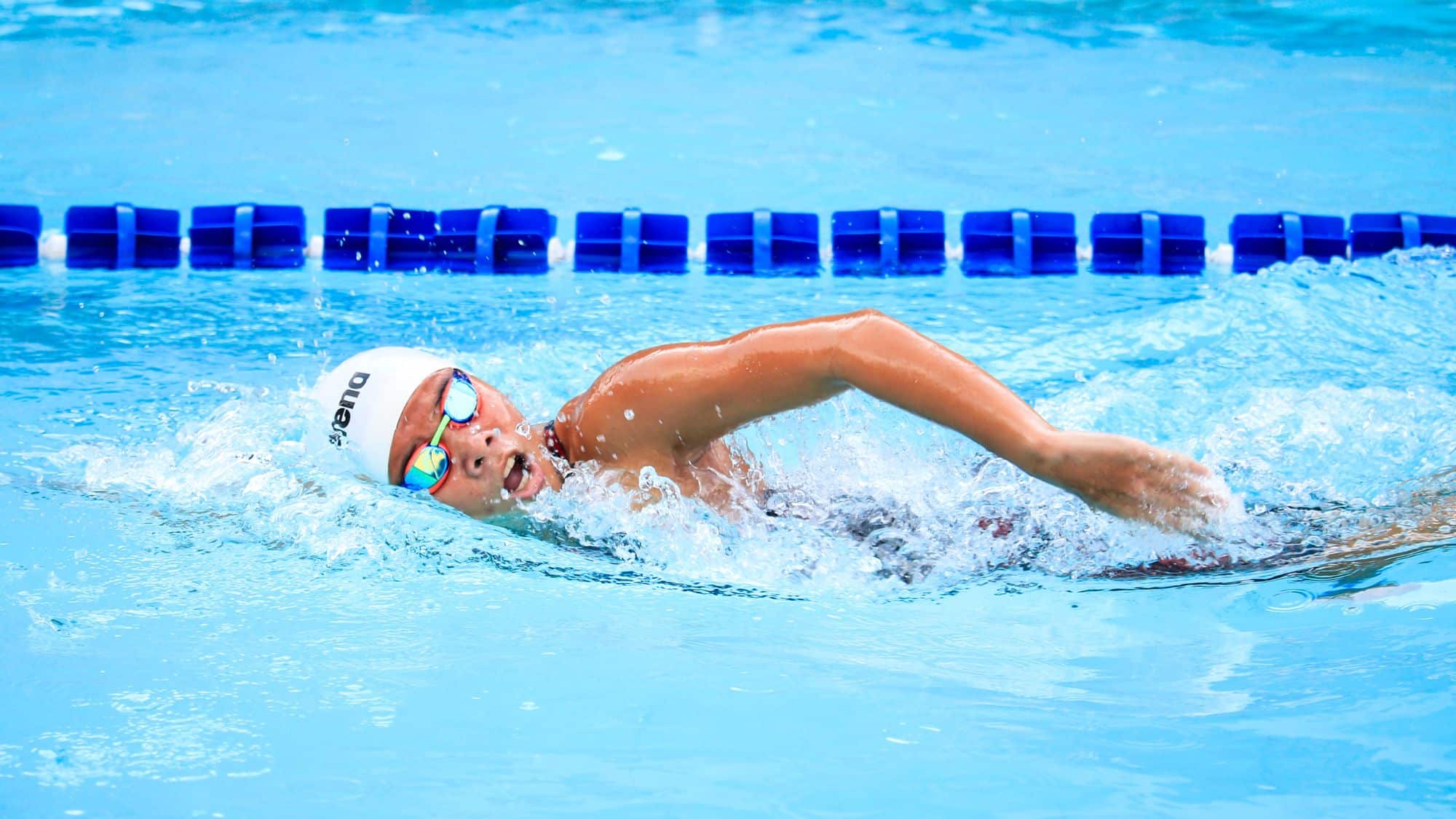
Racing
Competing in races gives many squad swimmers something to train for and helps them focus on perfecting their skills in swimming so as to swim faster in meets. Coaches can begin to discuss personal best times and have swimmers report back and start to remember their PB’s and work towards bettering these times while racing. Examples of racing include:
- Racing peers in training.
- Club night races.
- School carnivals.
- Regular swim carnivals or meets as part of a Club program.
- Open Water Swimming Races and Events.
It is important to note that not all swimmers like to race. Some prefer the team aspect and social part of belonging to a squad. A good coach will know and understand swimmers’ motivation for swimming and foster that throughout his/her program.
Team Work
Once squad swimmers become well versed in training and regularly participate in multiple sessions per week they will start to forge some tight bonds with their swimming peers. A good coach will nurture these friendships and guide the swimmers to support each other in and out of the pool. Swimmers will work harder and achieve greater results if they are working together as a team while helping and supporting each other. Ways to foster teamwork in a squad program include:
- Coach guided or reminders of team work and peer support
- Organised activities as a group such as movie outings, theme parks etc
- Participation in team events as a group – swim carnivals or other sporting activities such the “The Colour Run” or “Spartan Race”
Swimmers who feel part of a team and have tight bonds with their team-mates are more likely to attend sessions and make the commitment discussed earlier to training and attendance. This will also foster a nice community feel within the squad and swimming centre and have all participants happy and involved.
Technique
By the time swimmers have improved enough to swim in a squad program they should be able to participate in quality swimming. Starts, finishes and turns should be perfect. So too should technique in all four competitive strokes.
If technique is poor, swimmers can run into the following problems:
- Be prone to injuries
- Swim slower due to inefficient strokes
- Become a poor example for younger swimmers looking up to them or other swimmers looking to join a different squad
Impeccable technique is an important part of the learning process and needs to be worked at each and every session. Drills are an important part of perfecting technique and should be incorporated into sessions to improve swimming and keep technique consistent and constant.
Join our community and keep up to date with new articles, special offers - it is free to join!
Looking for more coaching tips visit the Swim Library for our coaching pack.

